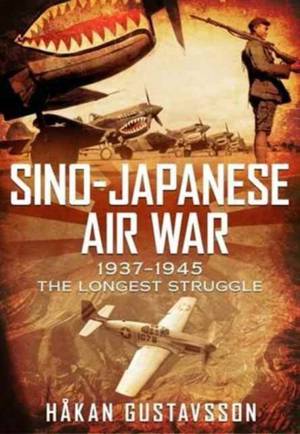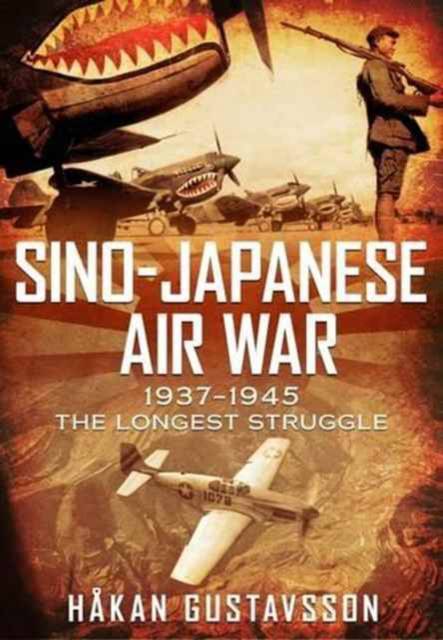
- Afhalen na 1 uur in een winkel met voorraad
- Gratis thuislevering in België vanaf € 30
- Ruim aanbod met 7 miljoen producten
- Afhalen na 1 uur in een winkel met voorraad
- Gratis thuislevering in België vanaf € 30
- Ruim aanbod met 7 miljoen producten
Zoeken
€ 34,95
+ 69 punten
Omschrijving
The Sino-Japanese war of 1937-1945 was the longest struggle of the Second World War. It started with the Japanese aggression in July 1937 and soon accelerated into a full-scale war with the Chinese Kuomintang government. The Chinese Air Force was to suffer large losses during the whole conflict with Japan. During the first weeks of the war the Chinese lost almost all of their medium bombers. This was a pattern that would be repeated again and again. Not getting much help from the outside world, the Kuomintang government, led by Chiang Kai-shek, soon closed a un-holy treaty with the communistic Soviet Union to receive armament including a large number of aircraft and Soviet volunteers to fly some of them. This difficult relation with the Soviet Union lasted until 1941, when the USA became the main supplier of armament to China, which included the short-lived but famous US voluntary group called the Flying Tigers. Everything was to change with the Japanese attack on Pearl Harbor in December 1941, but the struggle was to continue until the end of the war in August 1945.
Specificaties
Betrokkenen
- Auteur(s):
- Uitgeverij:
Inhoud
- Aantal bladzijden:
- 224
- Taal:
- Engels
Eigenschappen
- Productcode (EAN):
- 9781781555361
- Verschijningsdatum:
- 4/11/2016
- Uitvoering:
- Hardcover
- Formaat:
- Genaaid
- Afmetingen:
- 160 mm x 236 mm
- Gewicht:
- 544 g

Alleen bij Standaard Boekhandel
+ 69 punten op je klantenkaart van Standaard Boekhandel
Beoordelingen
We publiceren alleen reviews die voldoen aan de voorwaarden voor reviews. Bekijk onze voorwaarden voor reviews.











